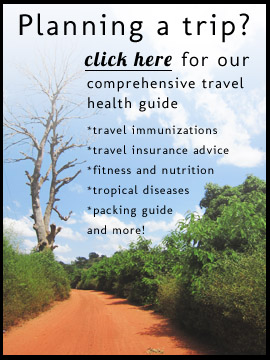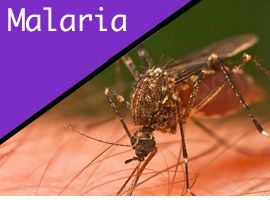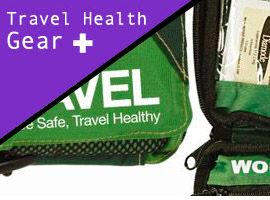We recently wrote a post about spider bites, and afterwards we had several emails from readers asking us if we could write something on snake bites. It seems many of you want this site to turn into a very morbid place.
Snake bites are certainly worth talking about. There could be as many as 5 million venomous snake bites involving humans every year. That is astonishing in itself. What’s also astonishing is the amount of misinformation circulating regarding snake bite treatment.
Snakebite 101
All snakebites have one thing in common: two puncture wounds marking the entrance of the snake’s fangs into your skin. All the rest depends on the type of snake.
While most snakes kill their prey through constriction, a good number of snakes are venomous
 Some snakes are venomous, but the story doesn’t end there. Certain snakes will inject a small amount of venom in their prey with a single bite. Other snakes may bite repeatedly (like this taipan snake from Australia), injecting larger amounts of venom. By the way, the difference between poison and venom is simple. Venom results from a bite, injection or sting, while poison needs to be touched or ingested.
Some snakes are venomous, but the story doesn’t end there. Certain snakes will inject a small amount of venom in their prey with a single bite. Other snakes may bite repeatedly (like this taipan snake from Australia), injecting larger amounts of venom. By the way, the difference between poison and venom is simple. Venom results from a bite, injection or sting, while poison needs to be touched or ingested.
Before we talk about prevention, let’s talk about what you should do in the event of a snakebite.
Step by step instructions for dealing with a snakebite
One of the most important things you can do if you are bitten by a snake is to stay calm. Keep that in mind as you read through the steps below.
- Try to get a good look at the snake, but do not approach it – being able to identify the snake in the presence of medical staff is very important. You may need antivenom.
- Call for help – call for emergency medical help if you are unfamiliar with the snake or if you know that it is venomous. Do not hesitate!
- Stabilize yourself – move away from the snake so that it can no longer bite you. Lay down and remove anything constrictive around the wound (for example shoes or socks if the puncture is on or near the foot). Keep the wound below the heart (this helps to prevent blood returning to vital organs with the venom), and try to stay as still and calm as possible. Panicking and moving around will only accelerate the effects of the venom.
- DO NOT do any of the following: cut or bite the wound, try to suck out the venom, or make a tourniquet. Equally, do not put ice on the wound or water, and do not eat or drink anything, especially anything containing caffeine or alcohol. You may have seen someone suck out the venom in an old western – it doesn’t work, and it can actually make things worse!
Once you are at a medical facility, you will be given the appropriate antivenom depending on your description of the snake. If you are unable to describe the snake, the medical staff will diagnose you based on your symptoms and the known presence of certain snakes in that locality.
How to avoid a snakebite
Prevention is always preferable to treatment, and in this case there are a number of precautions that you can take to avoid snakebites. The American Family Physician has some great tips, which we will paraphrase below.
- Try to avoid tall grass, brush and rocky areas – if you do have to walk through such areas, use a walking stick to poke around at least a meter in front of you in order to alert and scare off any snakes that may be on your path.
- Wear pants and thick boots – most bites are on the feet or legs. Wearing tall and thick boots will offer an instant level of significant protection.
- Always watch where you are walking – snakes are unlikely to seek you out. Most bites happen when people either walk on top of snakes or approach snakes without knowing they are there. In the latter case, snakes may bite as a defensive reflex. There are very few snakes that will aggressively seek out animals that are larger than them.
- Use a flashlight if you are walking at night – we don’t really recommend walking through the bush at night, but if you must, use a flashlight and shine it on the path in front of you.
- Stick to the path – speaking of the path, if you are walking in a park or nature preserve, there will most likely be specific trails that are recommended. While it is still possible for a snake to appear on such a trail (sometimes you will find them sunbathing), they will at least be visible and easy to avoid.
We wish you a life free of such things, but if a snakebite ever enters into the equation, hopefully this article will be of service. If you have any snakebite experience, please let us know in the comments below.












{ 0 comments… add one }